The Home on Jackson Avenue
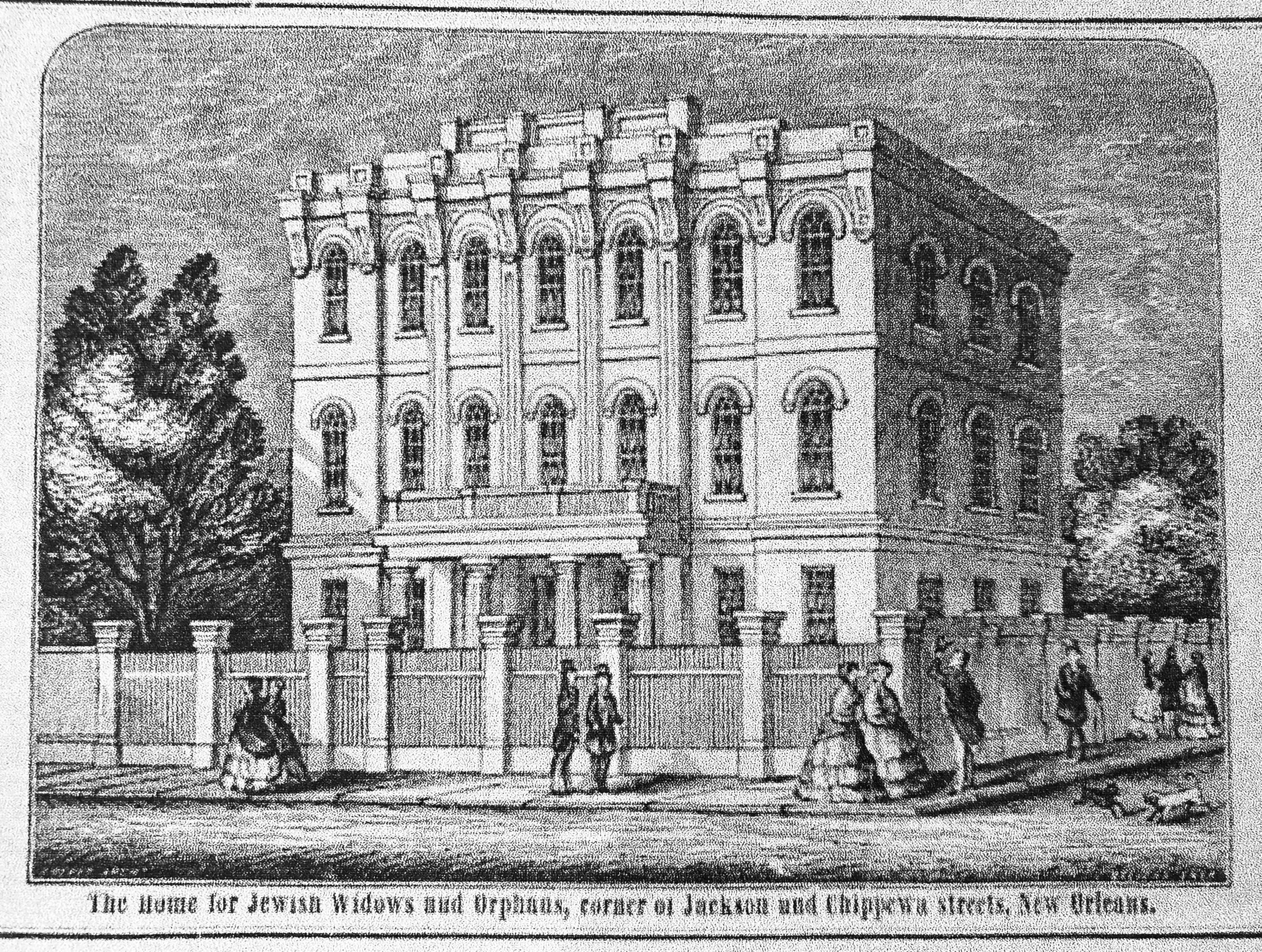
The Home for Jewish Widows and Orphans, on Jackson at Chippewa, as depicted in the Home’s 1856 dedication booklet. Courtesy JCRS.
The handsome structure was first captured on film by noted photographer Theodore Lilienthal, who included the bold symmetrical image in his portfolio of New Orleans’s buildings for the 1867 Paris Exhibition, which was later presented to Emperor Napoleon III. Today, the image can be viewed in Gary Van Zante’s 2008 book, New Orleans 1867: Photographs by Theodore Lilienthal or in the collection of the Napoleon Museum Arenenberg in Thurgau, Switzerland.
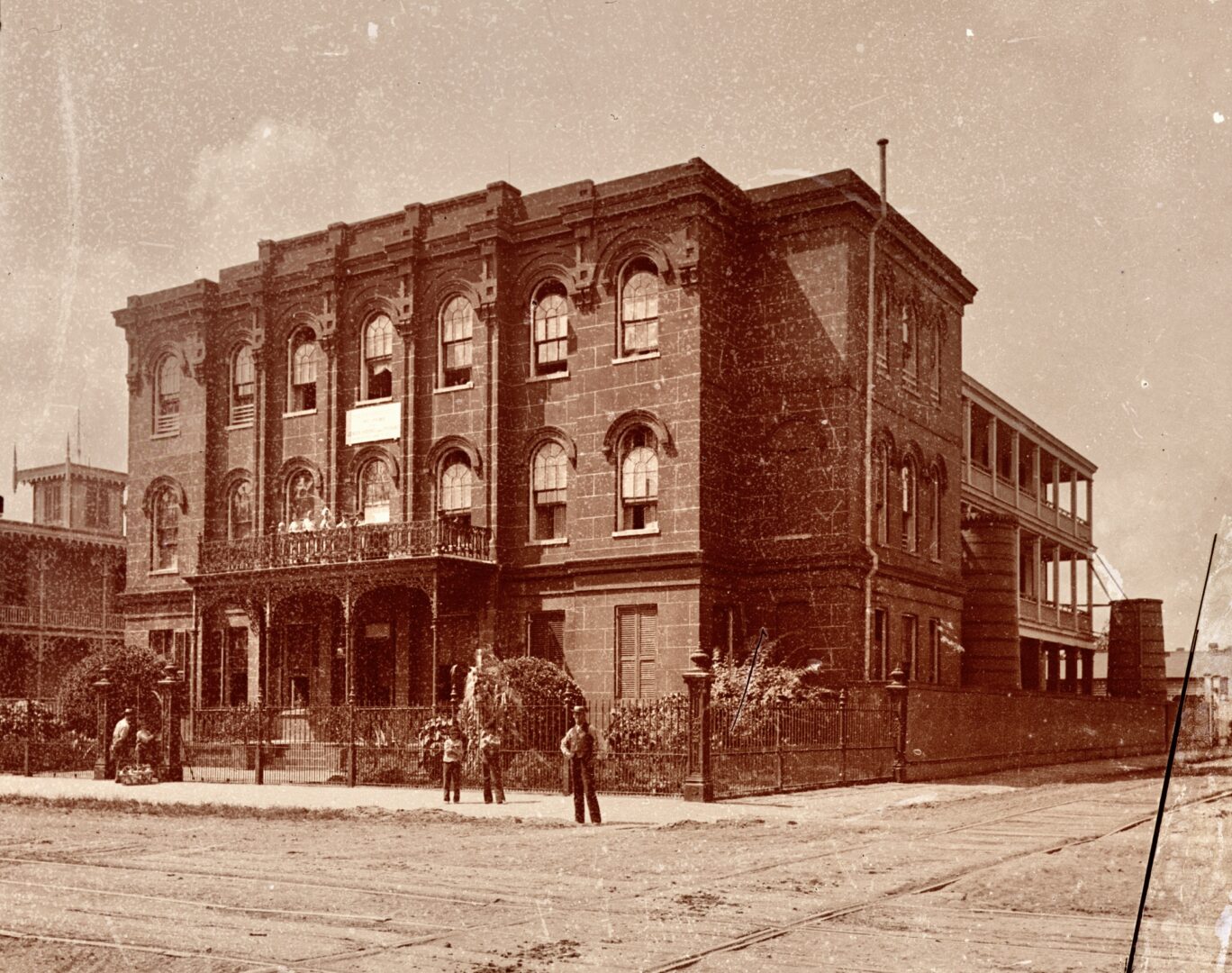
George Francois Mugnier’s photo of the Home, showing the addition at the rear of the building along Chippewa Street, likely was taken in the 1880s. The sign over the front portico, as revealed in the following enlargement, reads in Hebrew (“Bet Yetomim v’ Almanot”) and English, “The Home for Jewish Widows and Orphans, Dedicated Jan. 8, 1856.”
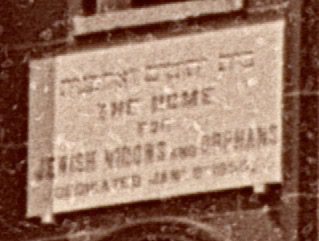
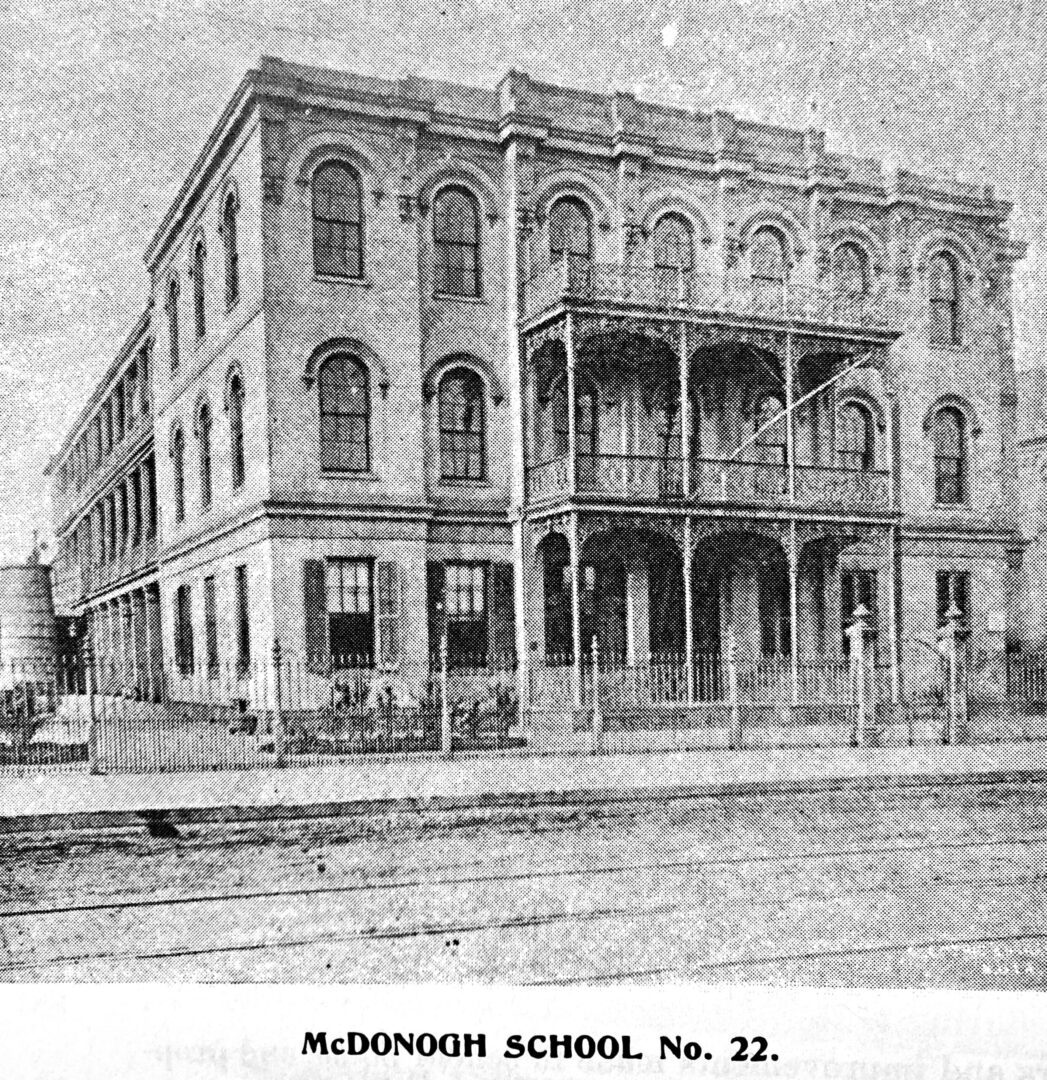
When the Home moved to its new building on St. Charles Avenue in 1887, the board sold the Jackson Avenue property to the New Orleans board of education, which used the building as McDonogh School No. 22, a high school for White girls. Photo from Report of the New Orleans Board of Commissioners of the McDonogh School Fund, 1892-1895.
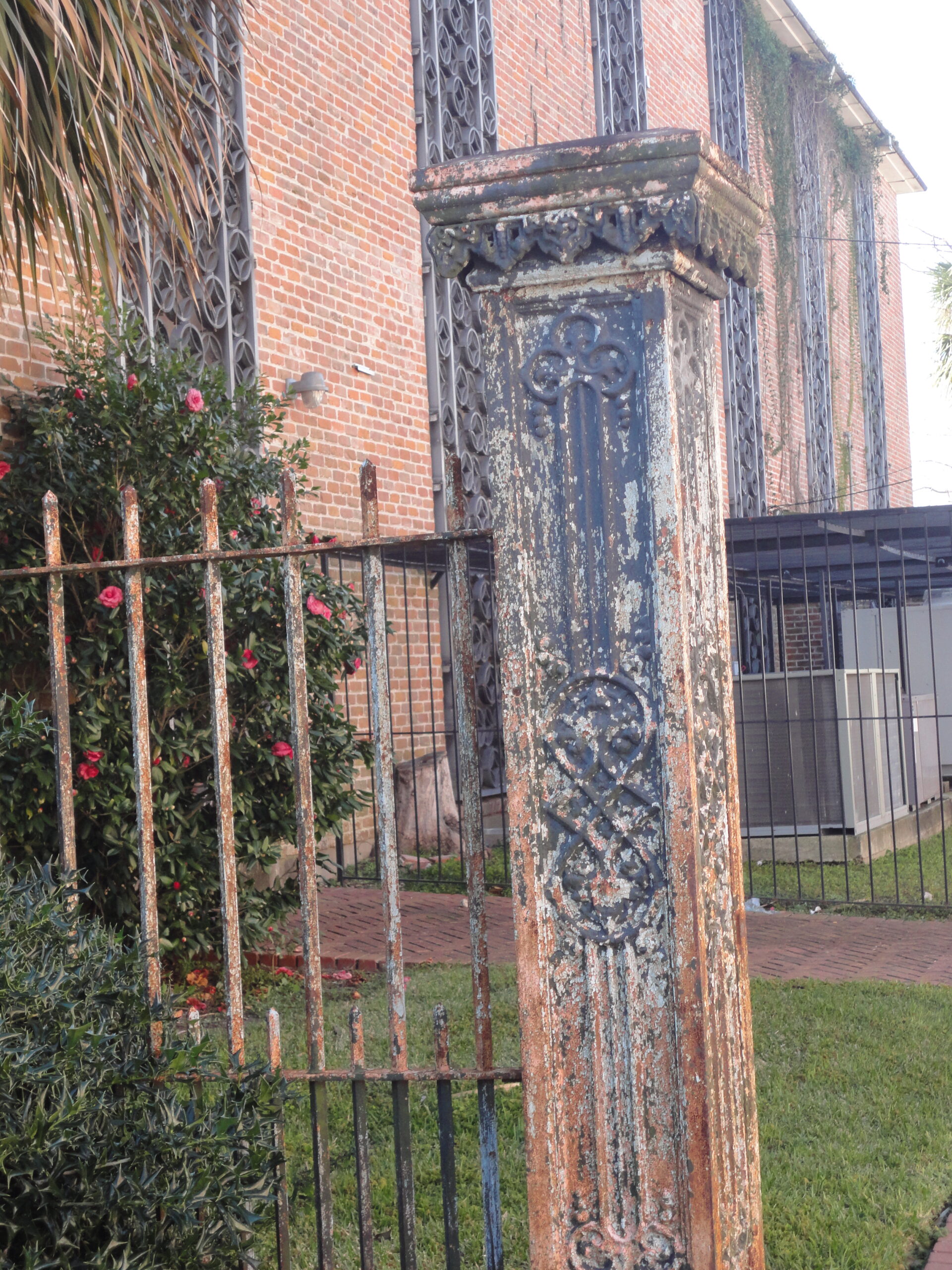
The city eventually sold the property, and the building was torn down. A new building on the site (630 Jackson Avenue) was last occupied by Household of Faith Church. As shown in the above photo, segments of the Home’s original iron fence still stand today. Author’s photo, 2021.
